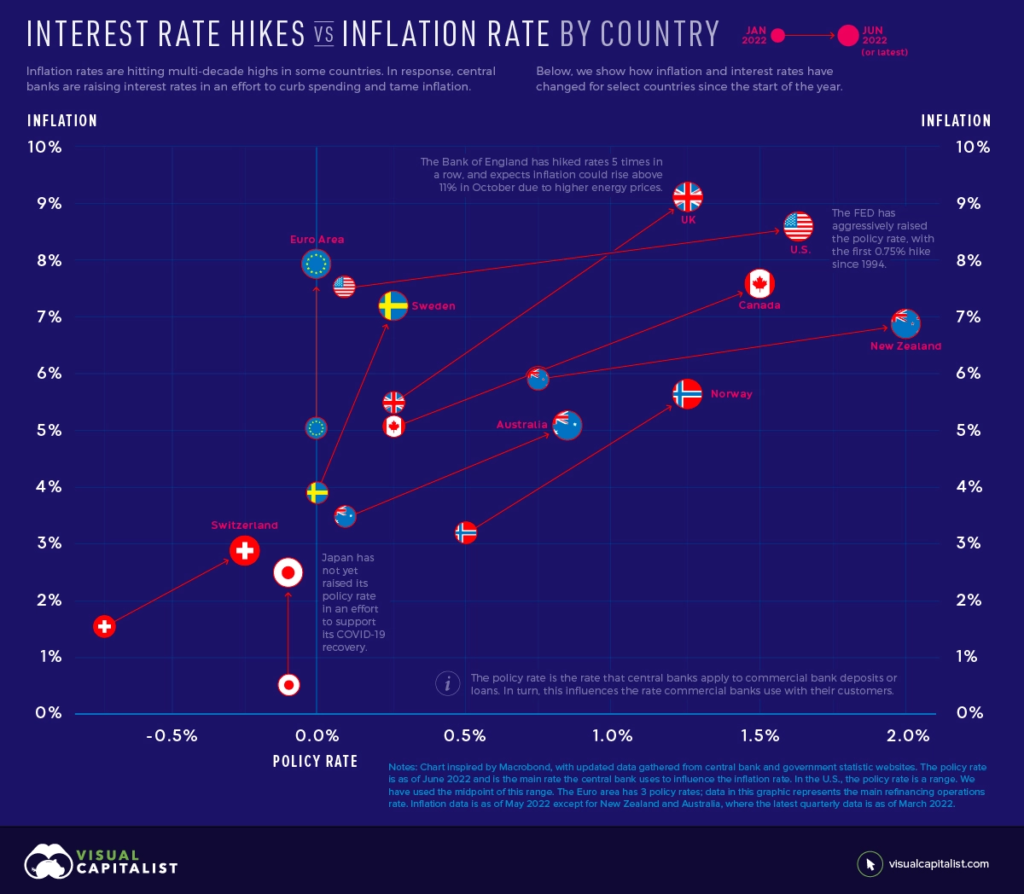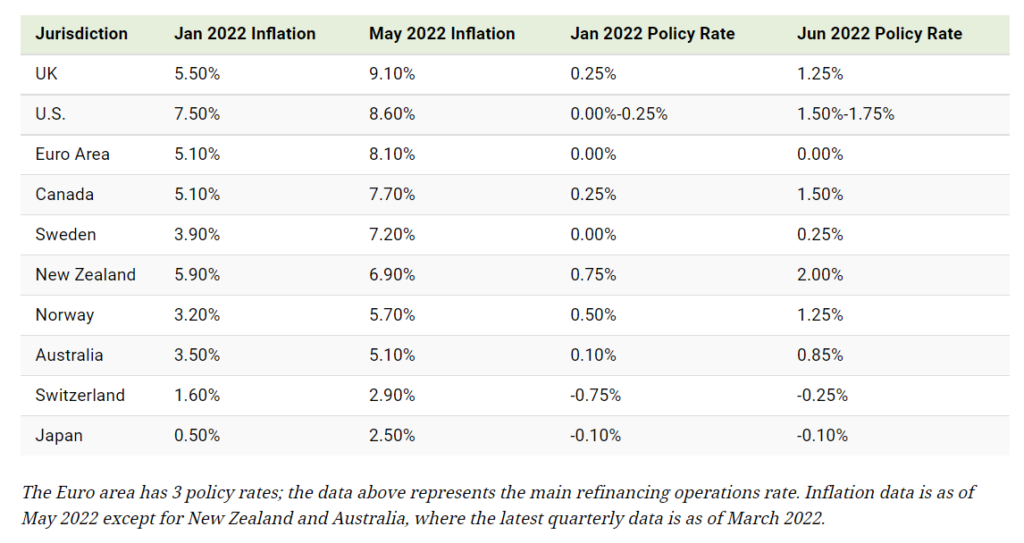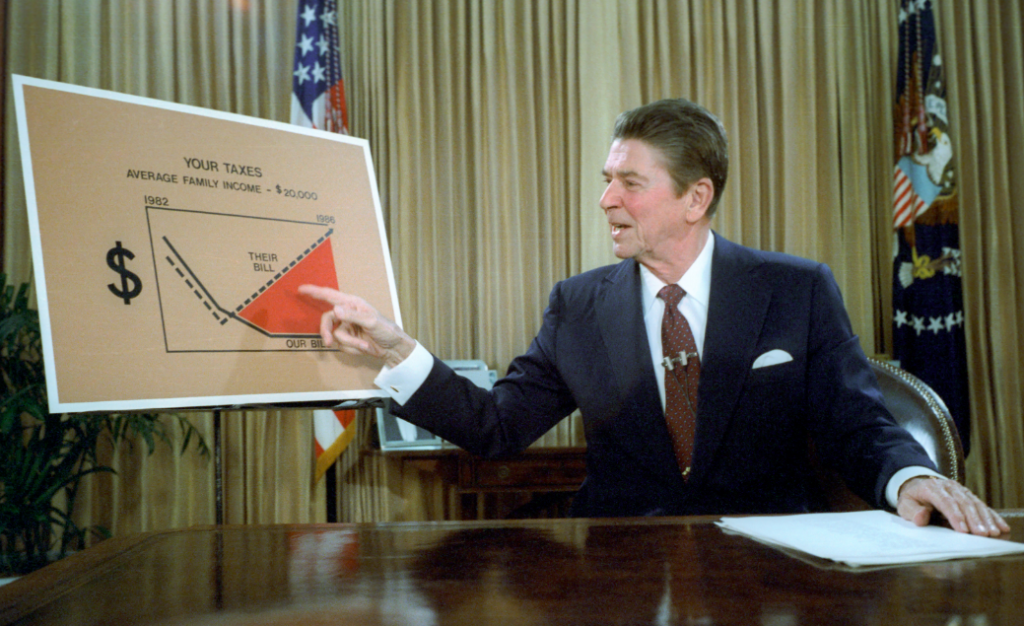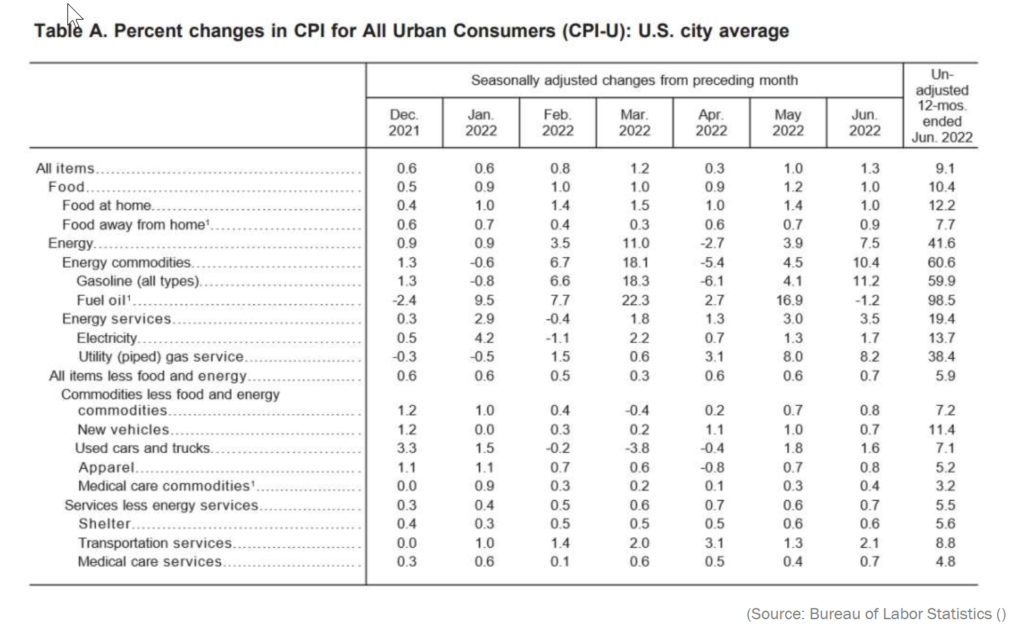Excerpt:
Inflation continues to rise in the United States. Although gas prices have recently fallen since their record high over the summer, the cost of groceries rose by 11.4 percent over the last year, and there is no expectation that they will fall back to reasonable levels. Prices overall have risen by 8.2 percent, according to the U.S. Bureau of Labor Statistics’ Consumer Price Index report covering September 2022 as compared to the same month last year. While most working Americans are not getting hefty wage raises to compensate for inflation, seniors will see their Social Security benefits—which are pegged to inflation—rise next year. Starting in January 2023, beneficiaries will see an 8.7 percent cost-of-living adjustment (COLA) bump in their Social Security checks.
Conservatives are scoffing at this automated increase, as if it were a special treat that the Biden administration has cooked up to bribe older voters. Fox News reported that there was a “social media backlash” against White House Chief of Staff Ron Klain’s tweet lauding the upcoming increased COLA benefits for seniors. The outlet elevated comments by the conservative America First Policy Institute’s Marc Lotter, who retorted to Klain, “Nice try Ron. Raising benefits next year does not help seniors with the higher prices they are paying today or the higher prices they’ve been paying since you took office.”
But Social Security benefits have risen automatically with inflation since 1975 by design, precisely so that the livelihoods of seniors are not beholden to partisanship. This is an imminently sensible way to ensure that retired Americans, who spent their working lives paying Social Security taxes, can have a basic income.
If conservatives are complaining that an 8.7 percent bump is not enough to counter inflation, one might expect them to demand an even greater increase to Social Security benefits.
Author(s): Sonali Kolhatkar
Publication Date: 15 Oct 2022
Publication Site: naked capitalism







